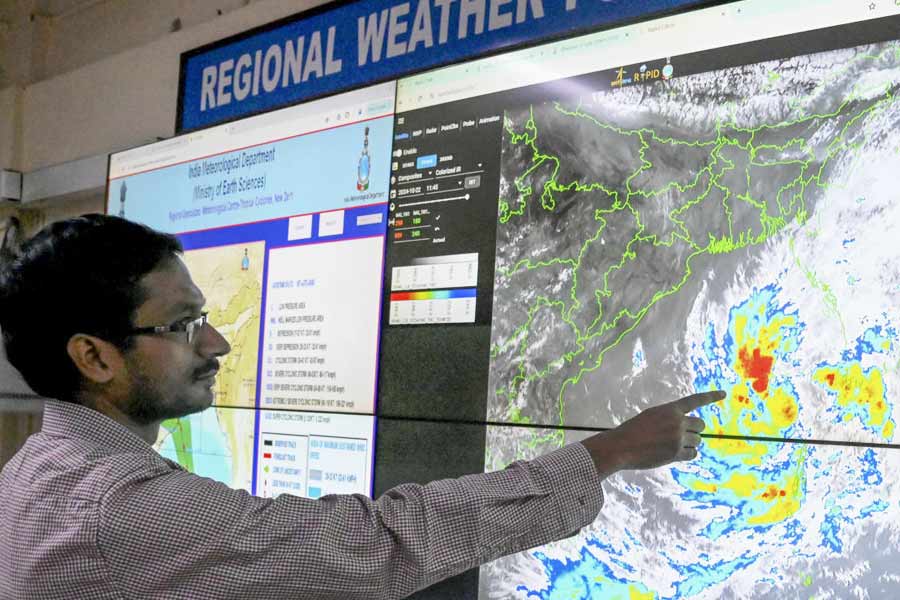India, still an agrarian economy, is reliant on the weather. It is equally dependent on a proverbial soothsayer — the India Meteorological Department — that predicts the vagaries of the weather gods. That the IMD will turn 150 years old next week is a perfect occasion to take a look at the evolution of the science of weather prediction in the country, the attendant challenges, as well as the way ahead. Some of the oldest meteorological observatories in the world have been located in this country. But the culture of systematic observation and analysis only began with the creation of the Meteorological and Astronomical Observatory in Madras in 1793. It would take over eight decades for the IMD’s inception in 1875 after the Asiatic Society of Bengal pressed for the formation of a National Meteorological Committee. Since then, the IMD has come a long way crossing many milestones — from the preparation of the first ever daily weather report in 1878 to the dawn of the age of radar and flood meteorological services onto India’s own satellite era in the late twentieth century. The new century also witnessed a period of modernisation, leading to the creation of advanced observation, communication and modelling capacities and a paradigmatic shift in the accuracy of forecasting.
This is not to say that the IMD has not failed on occasion. The Chennai flood of 2015 was an instance of the institution failing in terms of forecasting accuracy; again, two years before the deluge in Chennai, there were gaps in the performance of the IMD’s early warning system when it came to disseminating information on Uttarakhand’s devastating floods. There are other, emerging challenges. The weather’s fickleness has always made forecasting difficult: now climate change has worsened this element of unpredictability. In fact, the IMD’s capacity to pinpoint localised weather and climate change’s impact on it can do with further improvement. As it moves forward, the IMD must also bear in mind such needs as periodic upgradation of technology and infrastructure, recruiting adequate personnel and their training as well as enhancing public awareness of and engagement with the weather. One other area that the IMD will do well to explore is collaboration with the private sector. The success of the Indian Space Research Organisation in this respect could serve as a template to follow.











